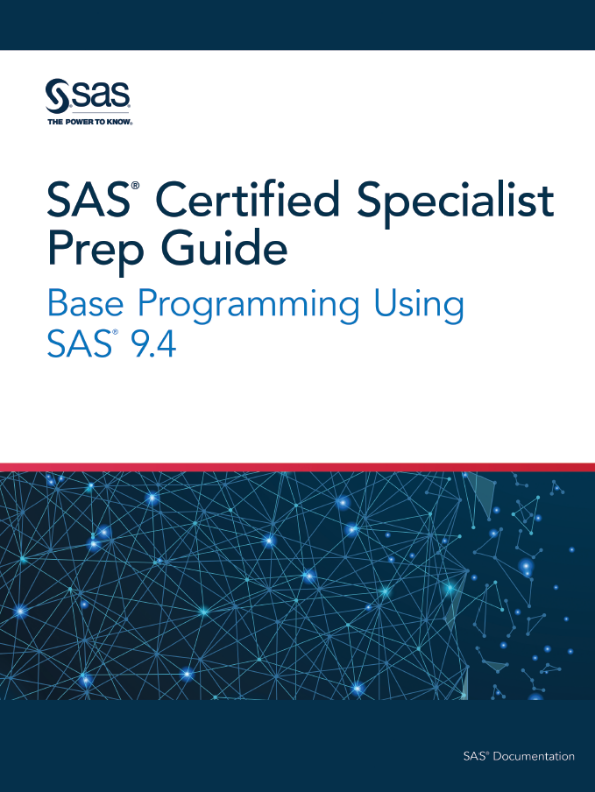


Producing correlations with the CORR procedure.Performing post-hoc multiple comparisons tests in PROC GLM.Performing one-way ANOVA with the GLM procedure.Performing tests of differences between two group means using PROC TTEST.Performing simple tests of hypothesis.Examining data distributions graphically in the UNIVARIATE and FREQ procedures.Obtaining and interpreting sample statistics using the UNIVARIATE procedure.Who should attend Statisticians, researchers, and business analysts who use SAS programming to generate analyses using either continuous or categorical response (dependent) variables Score new data using developed models.Fit a multiple logistic regression model.Use chi-square statistics to detect associations among categorical variables.Use diagnostic statistics to assess statistical assumptions and identify potential outliers in multiple regression.Use regression model selection techniques to aid in the choice of predictor variables in multiple regression.Perform linear regression and assess the assumptions.Perform analysis of variance and apply multiple comparison techniques.Generate descriptive statistics and explore data with graphs.This course can help prepare you for the following certification exam(s): SAS Certified Clinical Trials Programming Using SAS 9, SAS Statistical Business Analysis Using SAS 9: Regression and Modeling. A more advanced treatment of logistic regression occurs in the Categorical Data Analysis Using Logistic Regression course and the Predictive Modeling Using Logistic Regression course. This course (or equivalent knowledge) is a prerequisite to many of the courses in the statistical analysis curriculum.Ī more advanced treatment of ANOVA and regression occurs in the Statistics 2: ANOVA and Regression course. The focus is on t tests, ANOVA, and linear regression, and includes a brief introduction to logistic regression. This introductory course is for SAS software users who perform statistical analyses using SAS/STAT software.


 0 kommentar(er)
0 kommentar(er)
